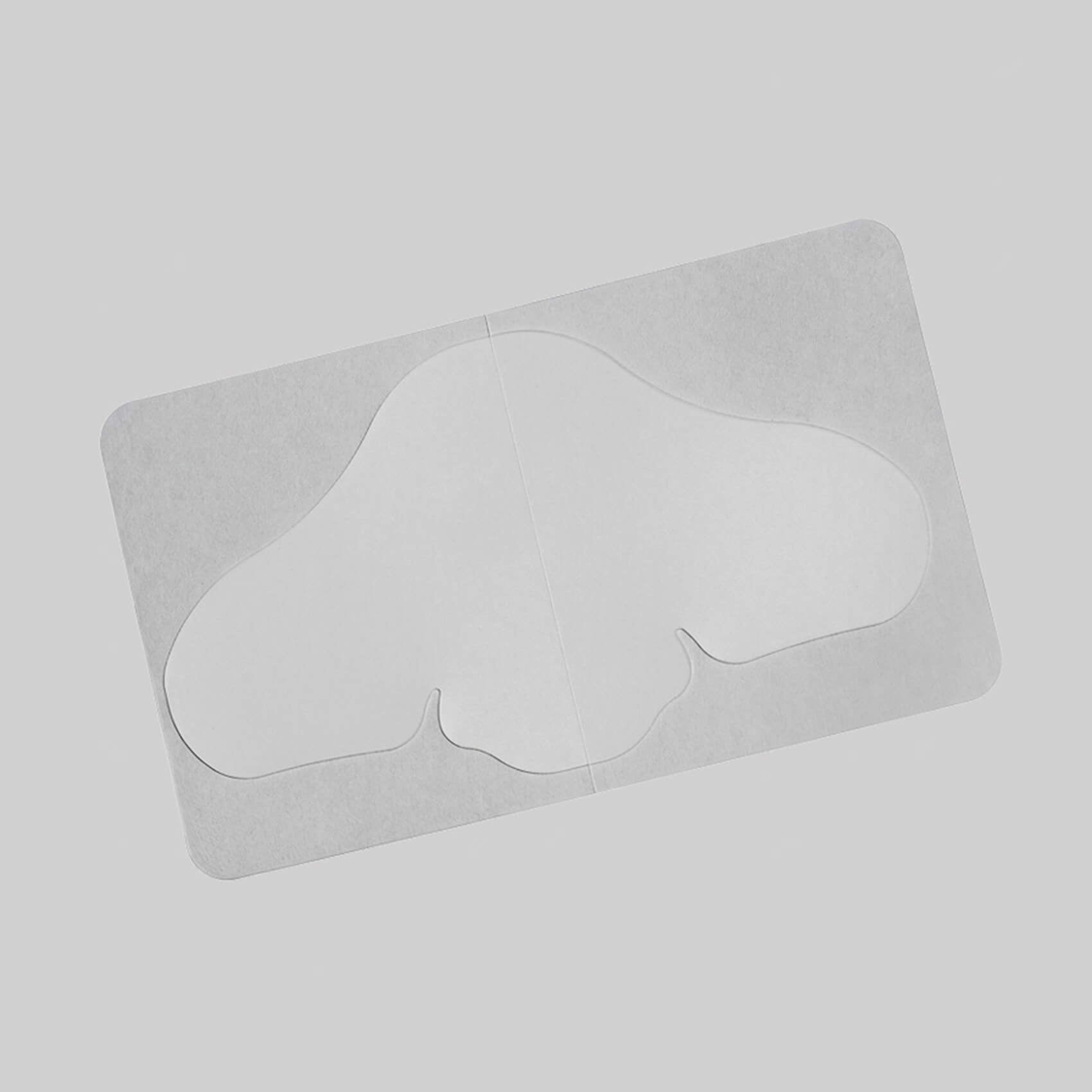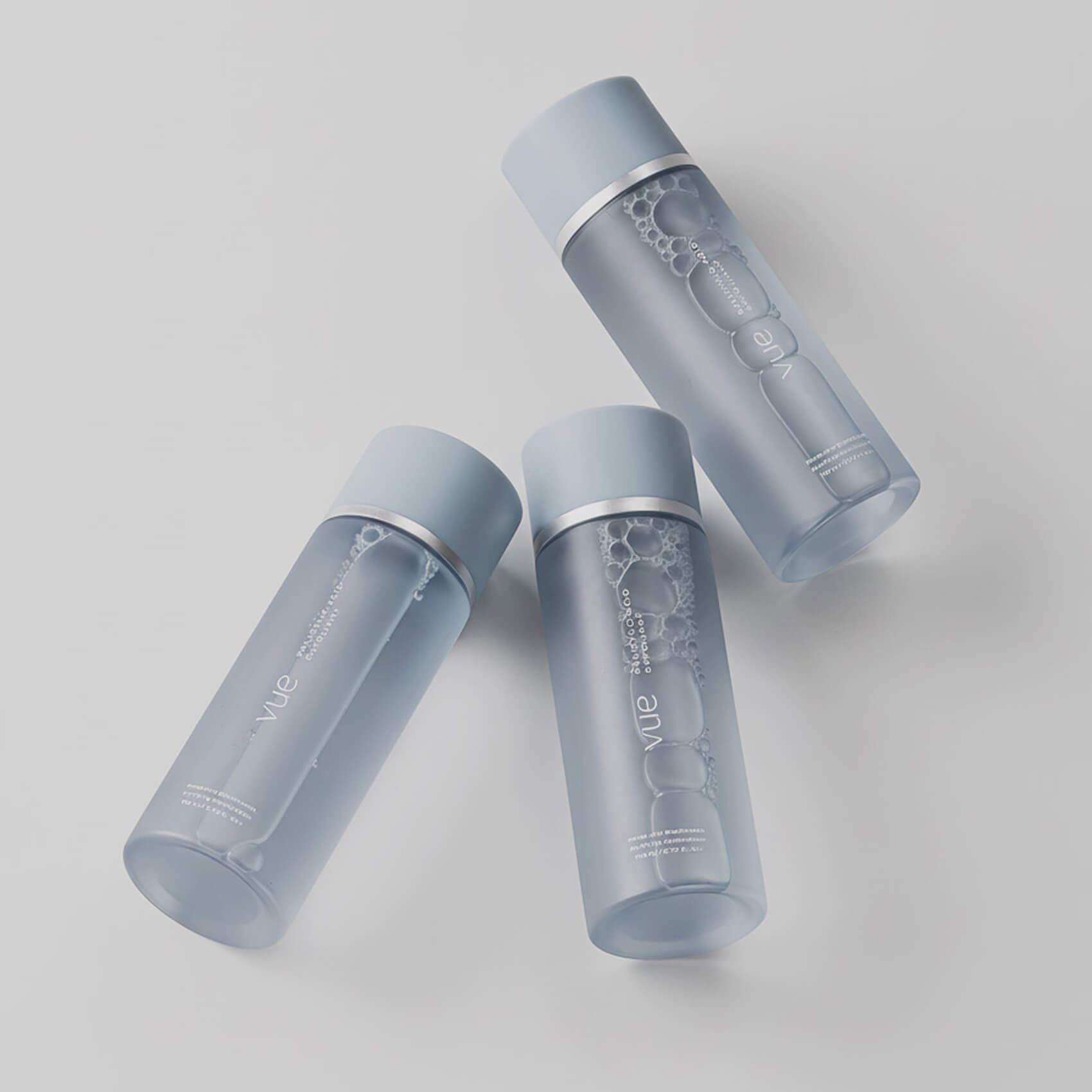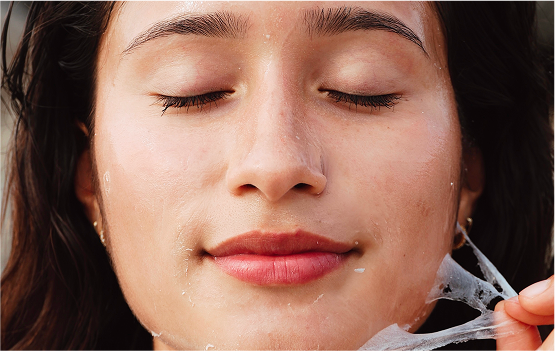Exfoliation is the secret weapon of any great skincare routine. It clears away dead skin cells, unclogs pores, and reveals a smoother, more radiant complexion. But not all exfoliation is created equal.
While scrubs and brushes rely on manual abrasion, chemical exfoliants like Alpha Hydroxy Acids (AHAs) and Beta Hydroxy Acids (BHAs) work on a deeper level, breaking down bonds between dead cells to promote natural shedding. The result? A fresh-faced glow without the harsh scrubbing.

What Are Chemical Exfoliants?
Unlike physical exfoliants, which can sometimes be too rough on the skin, chemical exfoliants gently dissolve the 'glue' that holds dead skin cells together. This helps improve skin texture, brighten dullness, and even enhance the absorption of other skincare products. Among these, AHAs and BHAs are the most well-known and widely used. But what’s the difference between them?
AHA: The Surface Smoother
Alpha Hydroxy Acids (AHAs) are water-soluble exfoliants derived from natural sources like fruits and milk. They work primarily on the surface of the skin, making them a great choice for those dealing with dullness, fine lines, and uneven skin tone.
One of the most popular AHAs is glycolic acid, which comes from sugar cane. Thanks to its small molecular size, it penetrates the skin effectively, providing a deep yet gentle exfoliation. Lactic acid, on the other hand, is derived from milk and is a bit milder, making it perfect for sensitive skin. Mandelic acid, extracted from almonds, is another gentle option that works well for those prone to redness.
Using AHAs regularly can help fade hyperpigmentation, reduce fine lines, and create a more even skin tone. However, because they focus on surface exfoliation, they’re best suited for people with dry or sun-damaged skin rather than those dealing with clogged pores or acne.

BHA: The Deep Cleaner
Beta Hydroxy Acids (BHAs) are oil-soluble, which means they can penetrate deep into the pores to clear out excess sebum and dead skin cells. This makes them a powerhouse ingredient for those with oily, combination, or acne-prone skin.
The most common BHA is salicylic acid, which comes from willow bark. Not only does it exfoliate within the pores, but it also has anti-inflammatory properties that help calm redness and irritation. This is why salicylic acid is often recommended for those struggling with breakouts or blackheads.
Regular use of BHAs can help prevent acne, reduce congestion, and keep the skin looking clear and balanced. Unlike AHAs, which primarily focus on the skin’s surface, BHAs go deeper, making them the go-to choice for tackling persistent breakouts and clogged pores.

How Chemical Exfoliants Improve Your Skin
Both AHAs and BHAs play a vital role in achieving smooth, healthy skin. By removing dead cells, they help brighten dull complexions, improve texture, and allow other skincare products to absorb more effectively. This means your serums and moisturizers can penetrate deeper, maximizing their benefits.
Exfoliating regularly with AHAs or BHAs also promotes cell turnover, which is essential for maintaining youthful-looking skin. As new skin cells replace old ones, the skin appears fresher, more even-toned, and more radiant.
AHA + BHA: The Best of Both Worlds
Why choose between AHAs and BHAs when you can get the benefits of both? AHAs work on the surface to smooth and brighten, while BHAs go deeper to unclog pores and control oil. That’s why products that combine both, like Vue’s Salicylic Acid Exfoliant, deliver a well-rounded exfoliation and work well for all skin types.
Using a product that balances both gives you the resurfacing benefits of AHAs along with the pore-clearing power of BHAs, all without over-exfoliating. This combination helps maintain a clear, radiant complexion, no matter your skin type.

How to Use Chemical Exfoliants Safely
While chemical exfoliants can do wonders for your skin, using them incorrectly can lead to irritation or sensitivity. The key is to start slow. If you’re new to AHAs or BHAs, begin by applying them once or twice a week and gradually increase frequency as your skin builds tolerance.
Always follow up with a good moisturizer to keep your skin hydrated, and never forget sunscreen. Because exfoliation removes the top layer of dead skin cells, your skin becomes more vulnerable to sun damage. A broad-spectrum SPF is essential to protect your fresh, newly revealed skin.
And finally, resist the temptation to over-exfoliate. More isn’t always better. Using chemical exfoliants too frequently can compromise your skin’s barrier, leading to redness, dryness, and irritation. Listen to your skin and adjust your routine accordingly.

The Bottom Line
Incorporating AHAs and BHAs into your skincare routine can transform your complexion, revealing smoother, brighter, and healthier-looking skin. Whether you need a gentle surface exfoliation or a deep pore cleanse, understanding how these chemical exfoliants work will help you make the best choice for your skin’s needs. With the right balance, you’ll be well on your way to glowing, refreshed skin—no scrubbing required.
















